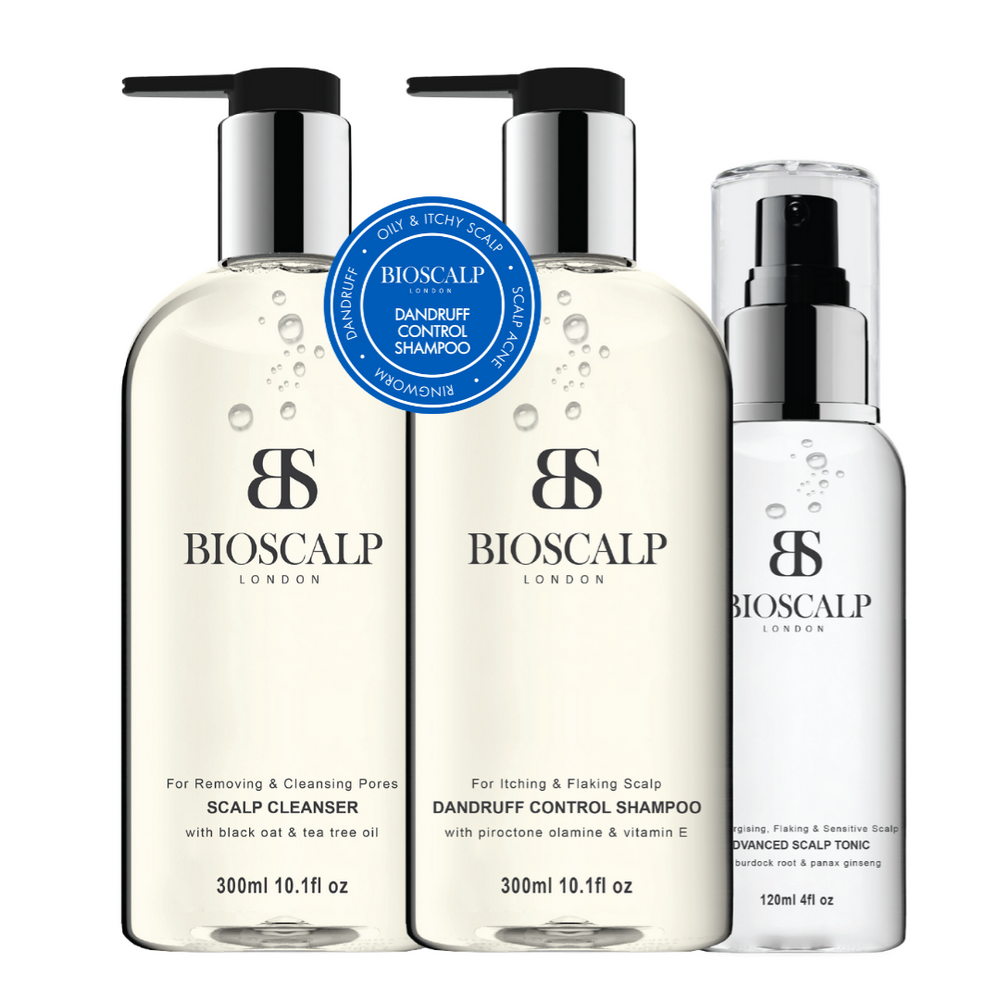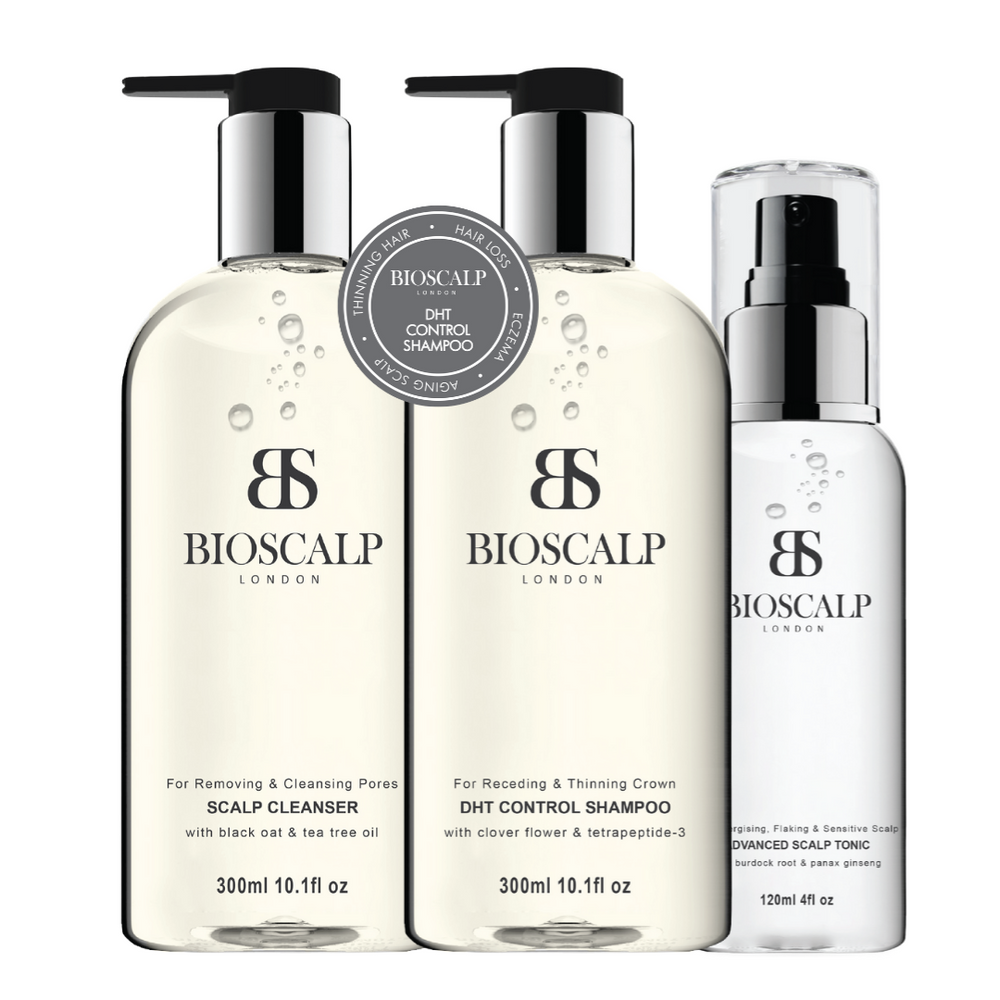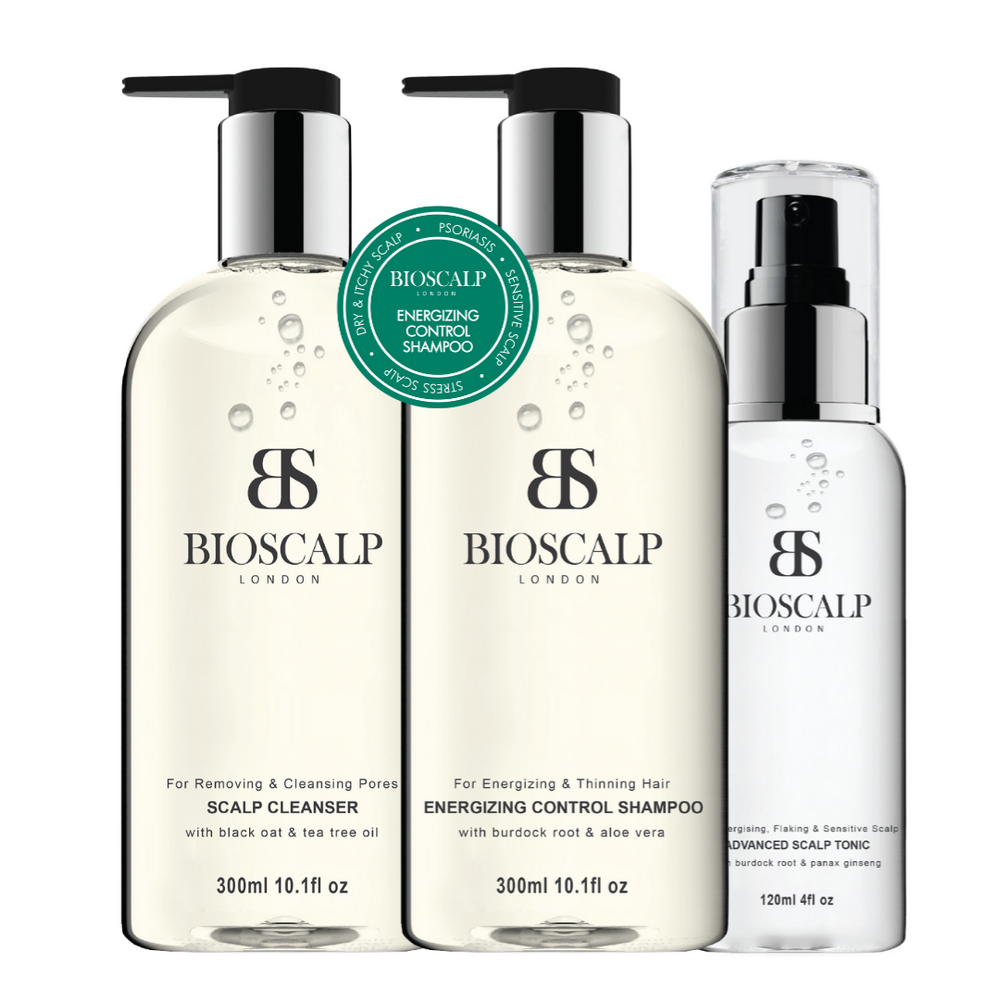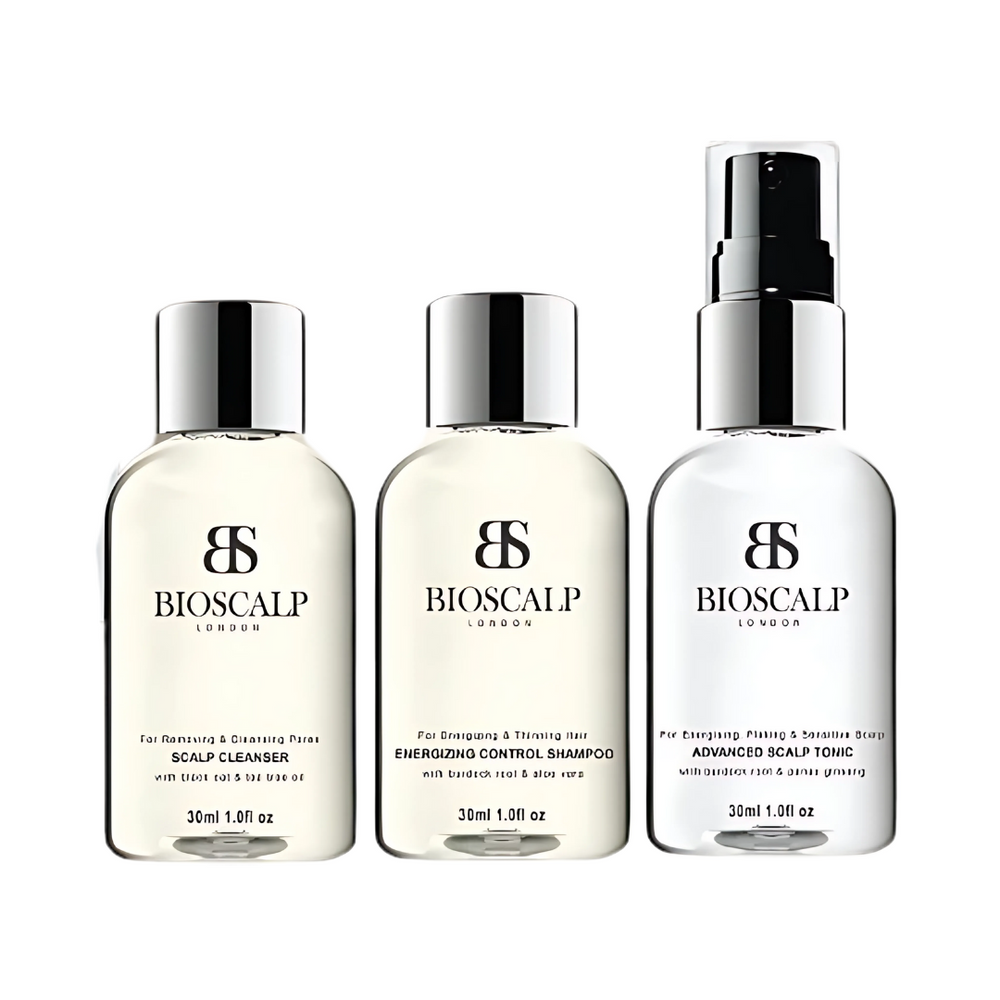Baldness is a common concern that affects millions worldwide, with individuals seeking effective ways to prevent further hair loss and encourage regrowth. Whether it’s male or female pattern baldness, sudden patchy hair loss, or general thinning, there are numerous strategies and treatments available to help manage this condition. Let’s explore the most effective approaches for reducing baldness and promoting healthy hair growth.

Understanding Baldness
Baldness occurs in various forms, with the two most common being androgenetic alopecia and alopecia areata. Androgenetic alopecia, also known as male or female pattern baldness, is a hereditary condition causing gradual hair thinning and receding hairlines. On the other hand, alopecia areata is an autoimmune condition that leads to sudden patchy hair loss when the immune system mistakenly attacks hair follicles.
1. Medications to Combat Baldness
Minoxidil (Rogaine): A widely available over-the-counter topical treatment, minoxidil helps stimulate hair follicles and slow hair loss. Suitable for both men and women, it requires consistent application over several months for noticeable results.
Finasteride (Propecia): A prescription medication for men, finasteride works by blocking dihydrotestosterone (DHT), a hormone linked to hair loss. It’s known to slow baldness and even promote regrowth in many cases, but stopping the treatment often leads to a return of hair loss.
2. Nourish Your Hair Through Diet
A well-balanced diet is essential for hair health. Incorporate protein-rich foods like eggs, fish, and beans, as hair is primarily made of keratin, a type of protein. Antioxidant-rich fruits and vegetables combat oxidative stress, while healthy fats from sources like avocados and nuts support scalp health. Adopting the Mediterranean diet is often recommended for its holistic benefits.
If deficiencies are a concern, supplements like biotin, iron, and omega-3 fatty acids may help, but it’s best to consult a healthcare provider before starting any supplementation.
3. Low-Level Laser Therapy (LLLT)
Low-level laser therapy is gaining popularity for its potential to boost hair density and thickness. By using red light to stimulate hair follicles, LLLT can encourage regrowth in some individuals. While promising, this method requires regular sessions and can be a financial investment.

4. Scalp Treatments to Support Hair Growth
Natural treatments like coconut oil and essential oils are commonly used to maintain scalp health. Coconut oil protects hair from damage, while essential oils like rosemary may stimulate follicles when massaged into the scalp. Although these remedies are safe and soothing, further research is needed to establish their efficacy.
5. Gentle Hair Care Practices
Everyday hair care routines play a significant role in preventing further hair loss. Use sulfate-free shampoos to avoid stripping natural oils and minimize the use of heat styling tools that can weaken hair strands. Regular trims help prevent split ends and improve the overall appearance of your hair. Incorporate scalp massages into your routine to boost blood circulation and support follicle activity.
6. Explore Professional Treatments
For those seeking advanced options, professional therapies can offer effective solutions:
- Platelet-Rich Plasma (PRP) Therapy: Involves injecting components of your blood into the scalp to encourage growth. This therapy has shown positive results for many individuals but requires multiple sessions.
- Corticosteroid Injections: Used for conditions like alopecia areata, these injections can help stimulate regrowth in affected areas.
Both treatments require professional consultation and are often tailored to the individual’s needs.

7. Lifestyle Modifications for Hair Health
Reducing baldness often involves addressing lifestyle factors that contribute to hair loss. Stress is a major culprit, as it can lead to conditions like telogen effluvium. Practices such as yoga, meditation, and regular exercise are effective stress-management tools. Additionally, avoiding smoking and excessive alcohol consumption can support overall hair health, as these habits are known to weaken hair follicles.
Conclusion: A Holistic Approach to Baldness
Reducing baldness requires a multifaceted approach that combines proven medical treatments, dietary improvements, proper hair care practices, and lifestyle changes. Whether you’re exploring medications like minoxidil, enhancing your diet with nutrient-rich foods, or investing in advanced therapies, consistency is key. Don’t hesitate to consult with healthcare professionals for tailored advice and solutions that align with your specific needs. By taking proactive steps, you can manage baldness effectively and foster healthier, stronger hair.
Experiencing hair loss issues? Try out this hair loss shampoo that works by inhibiting DHT.








